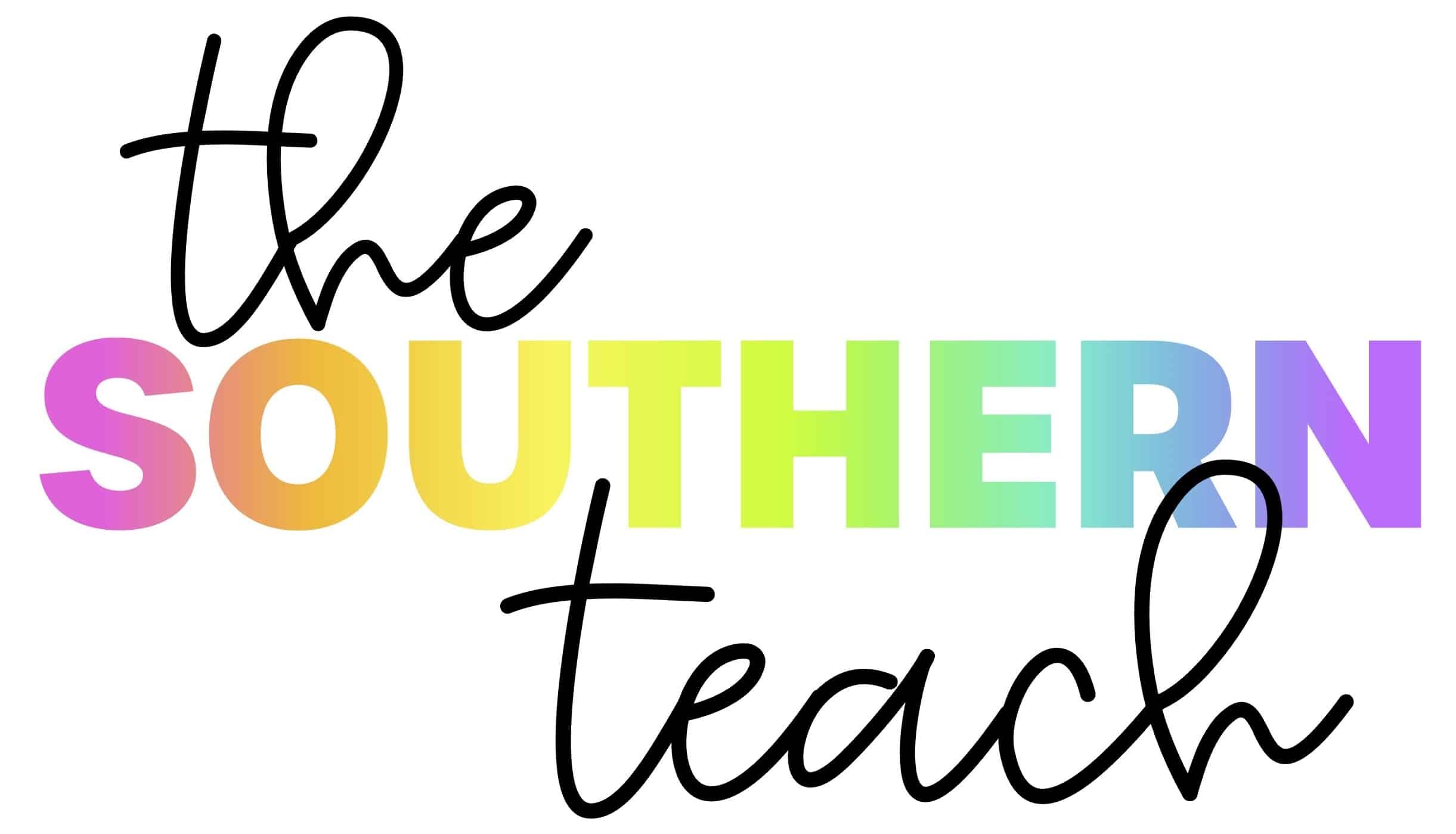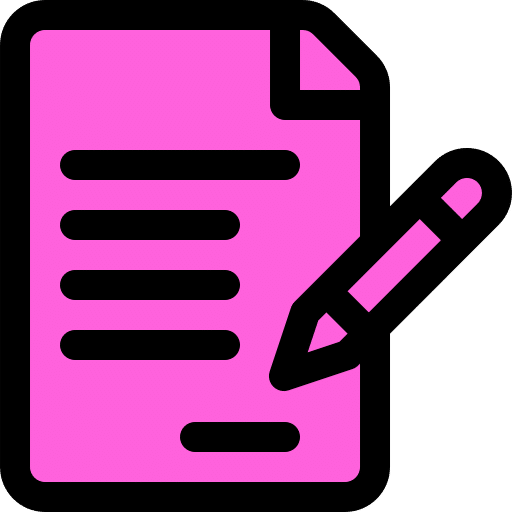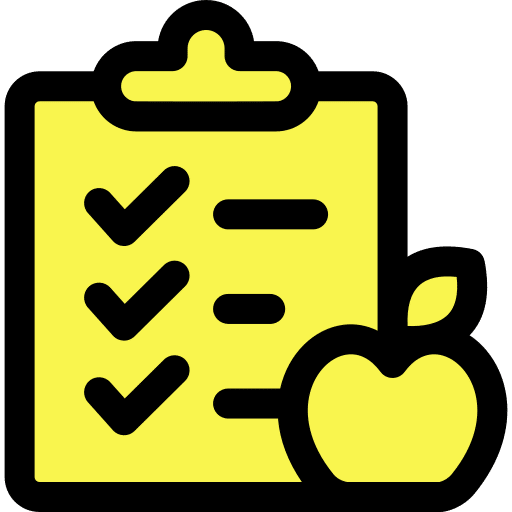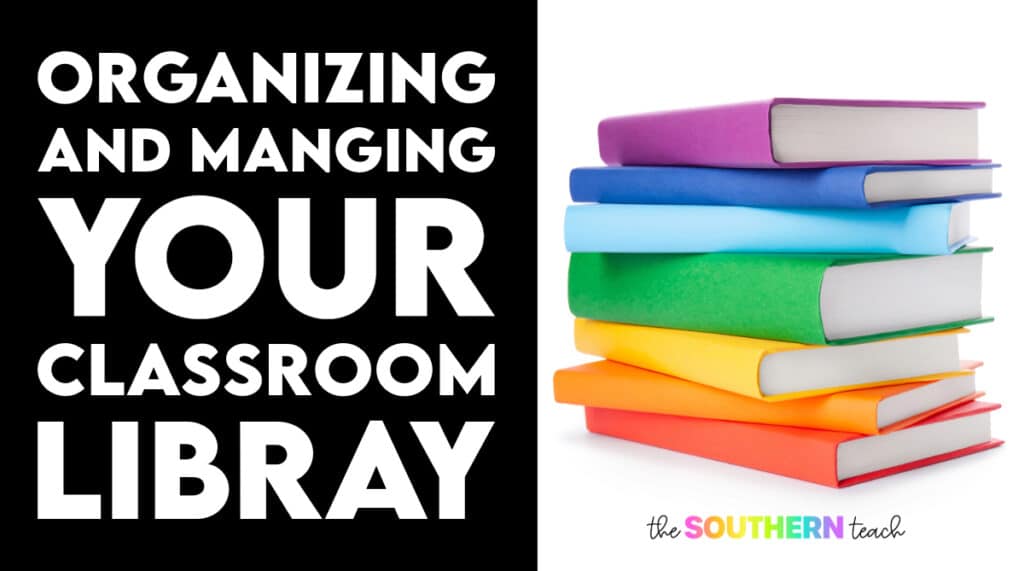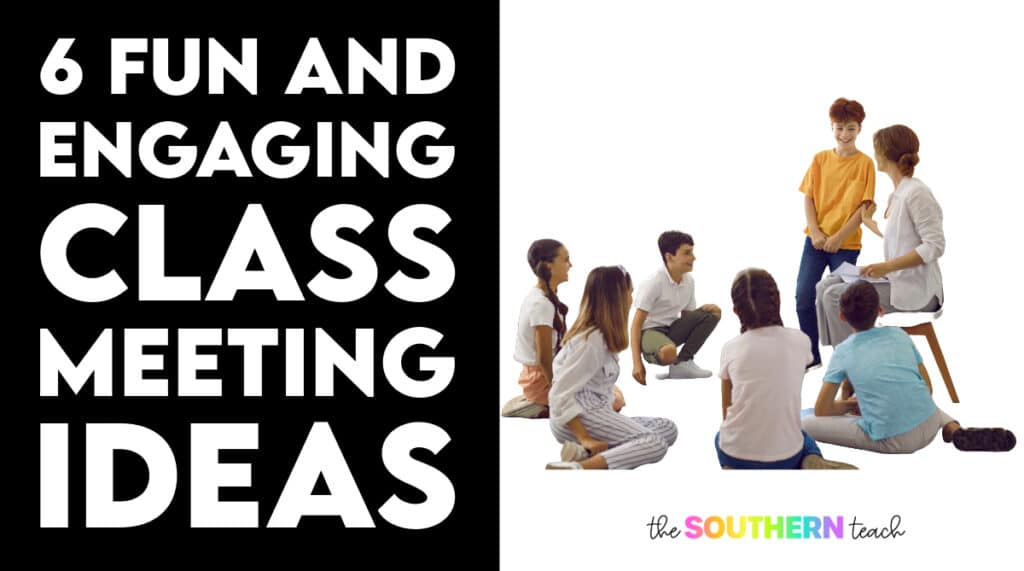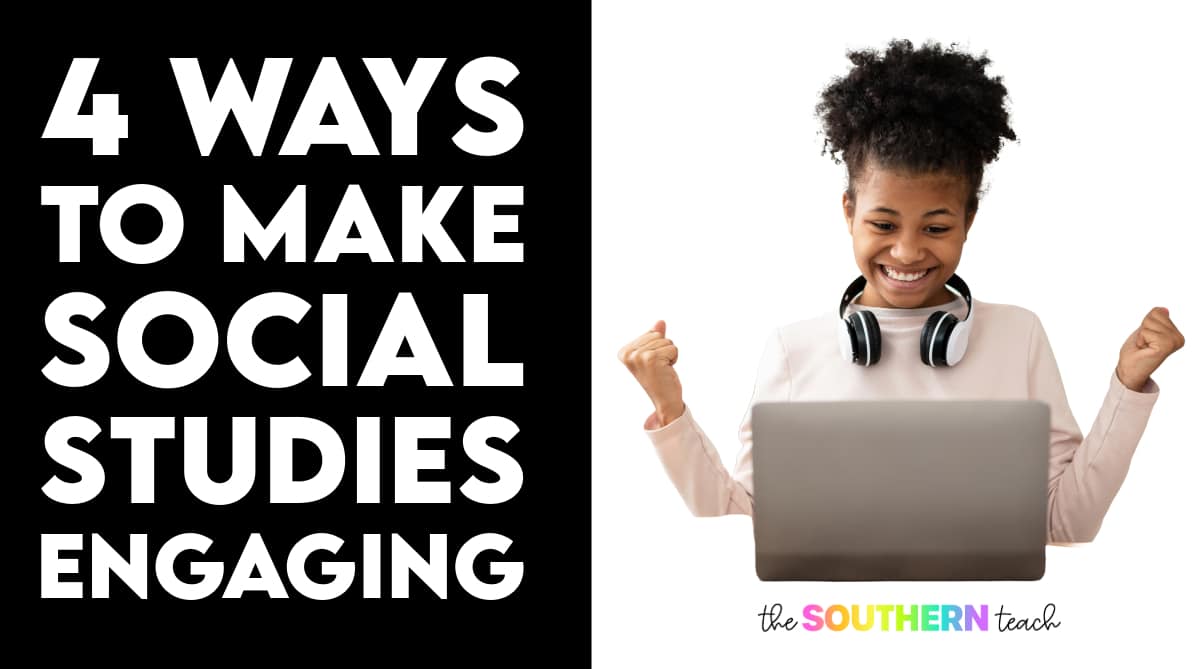
4 Ways to Make Social Studies Lessons Engaging
By Kirsten Hammond
Share This Post:
Teaching social studies lessons can be a rewarding experience, but it can also be a challenge to find the time and resources to create engaging lessons.
As a teacher, you want to make sure your students are learning about history, geography, and culture in a way that is both informative and interesting.
Here are four strategies to help make social studies lessons more engaging and effective that have worked for me.

Incorporate Current Events.
One way to make social studies lessons more engaging is to incorporate current events. This can help students see the relevance of what they are learning and make connections to the world around them.
You can start by having students read news articles or watch news clips related to the topic you are teaching. Then, have them discuss and analyze the events in class.
This can also be a great opportunity to teach critical thinking skills and media literacy.
One of the things I did during our morning meetings each day was a current events segment. After our question of the day, we would do some current events. Our district had a subscription to myOn News, and so we could log on and we can see what’s happening in the world.
Another place that you could look is Time for Kids. This was something we incorporated in our stations for fifth graders, and we even used them as assignments. Students would read the Time for Kids magazine and students would use the printable activity for each magazine. They would have to read each of the articles and answer relevant questions from the article.

Use Technology to Your Advantage.
Technology can be a great tool for adding engagement to social studies lessons. Consider using interactive websites, videos, or virtual field trips to bring the subject matter to life.
Additionally, using educational apps or games can make learning more fun and interactive for students. Just be sure to vet any technology you use for appropriateness and effectiveness!
In our classroom for social studies lessons, we used WebQuests. I would pull a student-friendly website for students to copy and paste and students answered questions that would go along with it. It was always related to the social studies topic we were talking about.
Nearpod is another great technology resource. The cool part about Nearpod is that you can complete it as a whole group review activity where everybody’s on their device. There’s a whole group pace and a self-paced version of the lessons. It’s highly engaging for students!
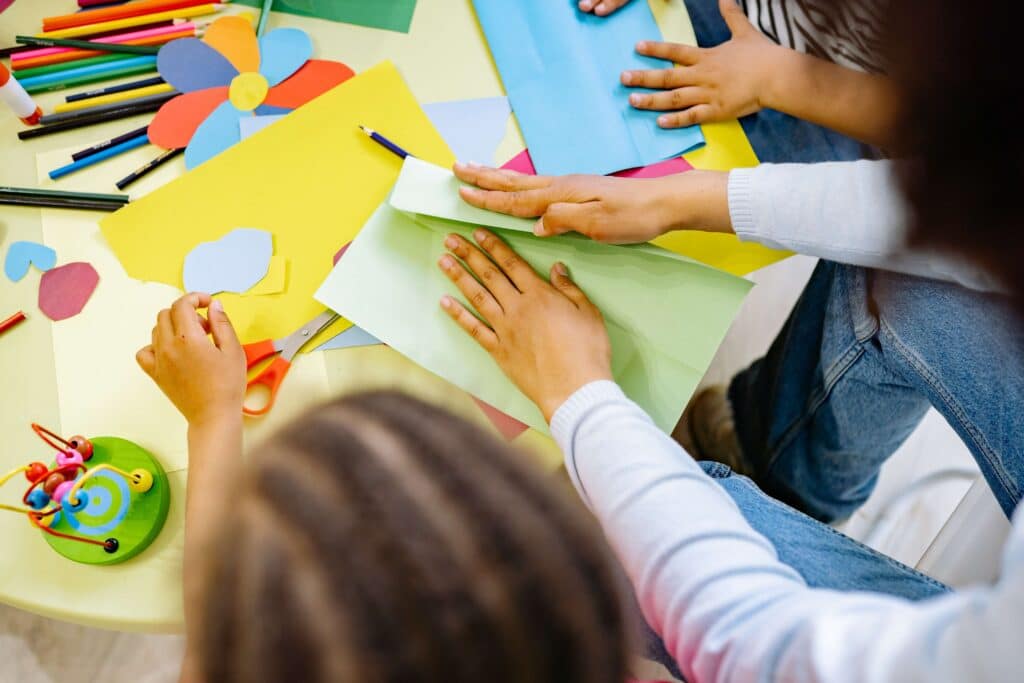
Make it Interactive.
One of the best ways to engage students in social studies is to make the lessons interactive. This can be done through group activities, debates, simulations, or even role-playing exercises.
By actively involving students in the learning process, they are more likely to retain the information and develop a deeper understanding of the subject matter. Plus, interactive lessons can be a lot of fun for both the students and the teacher!
Be careful with sensitive topics – you don’t want to minimize the experiences of marginalized groups and other important events in history.
For U.S. history, I did an urbanization simulation with my students. They each got some graph paper and they had certain buildings that they had to put on their graph paper, which was their city. They were all city planners and they had to make sure that they could fit what it was required to include.
As the simulation went on, it was pretty clear that it was a lot harder to fit all what they needed to from the 1700s to the early 20th century. They had a pretty good idea of the problems city planners had to face when cities were growing exponentially.
This urbanization simulation (along with many other engaging social studies lessons) is featured in my membership for social studies teachers.
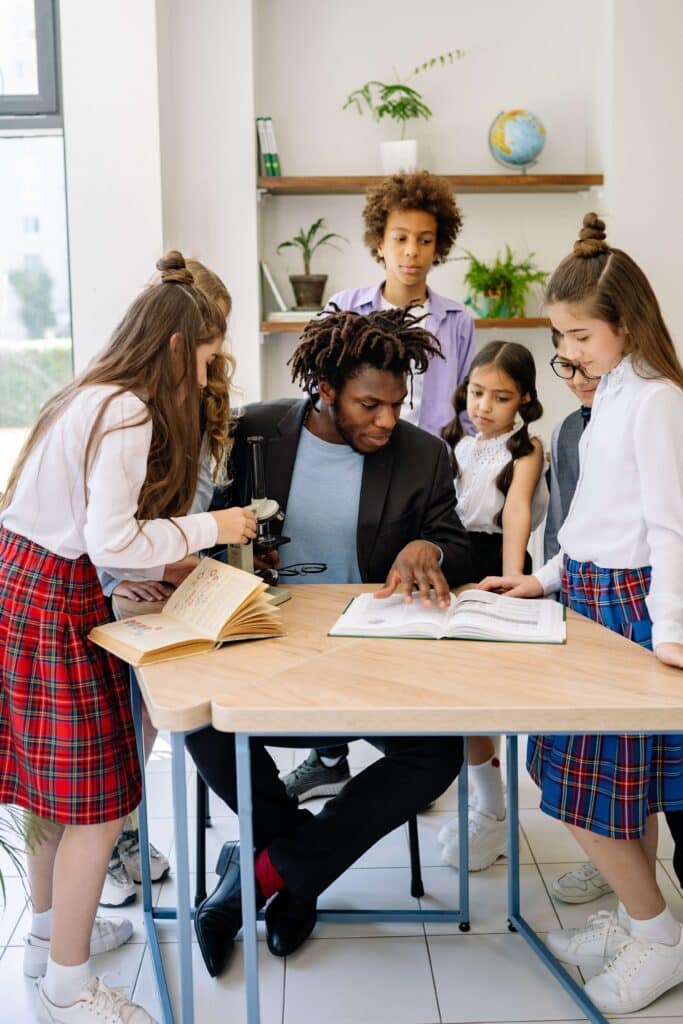
Use Real-World Examples.
One of the best ways to engage students in social studies is to use real-world examples. This could include current events, historical events, or even personal experiences.
By connecting the content to real-life situations, students are more likely to be interested and invested in the lesson.
You can also use primary sources, such as letters, diaries, and photographs, to bring history to life and make it more relatable to students.
Something that I loved sharing with my students is about how my family has a Texas historical marker in the historical marker database. This was my great-great-grandfather and his wife.
This is a pretty cool piece of history that my family has and a memorable and engaging talking point for students when discussing related topics.
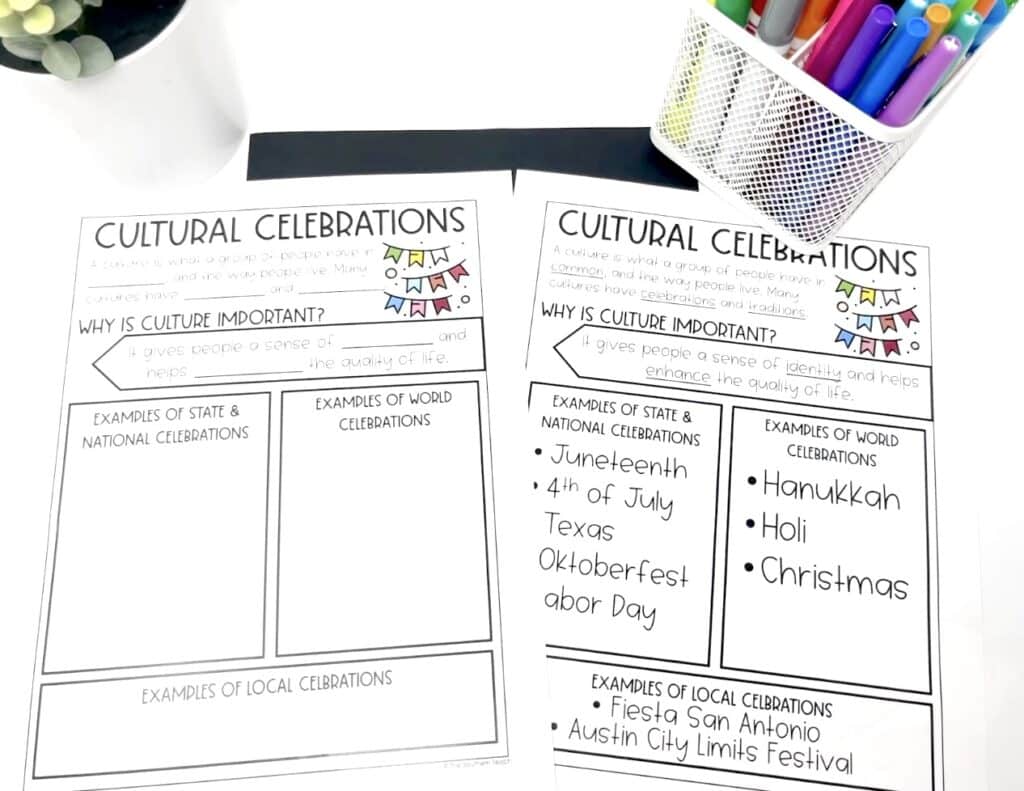
Use Guided Notes.
I have one bonus way you can make social studies lessons engaging, and that is through guided notes. Something that I really liked doing was completing guided notes with my students.
We were required to have interactive notebooks, and students had to keep track of their notebooks with a table of contents. Anytime we’d have a new entry, we would write down that topic in the table of contents, glue it in on the next available page, and take notes.
I’ve got a sample of five guided notes. For each one, you have partially-filled out completely-filled out options. It’s something you could easily fill in with your students. These are really low-prep and easy to use – you can use them as anchor charts or reference guides.
The possibilities are pretty endless and lesson plans are included with each of those five different guided notes!
kirsten hammond
Kirsten is a former 3rd and 5th grade teacher who loves helping upper elementary teachers by creating resources and sharing ideas that are engaging, research-based, and TEKS-aligned. She is a work-from-home mama of 3 rambunctious little ones and loves running, true crime, and lots of coffee.
